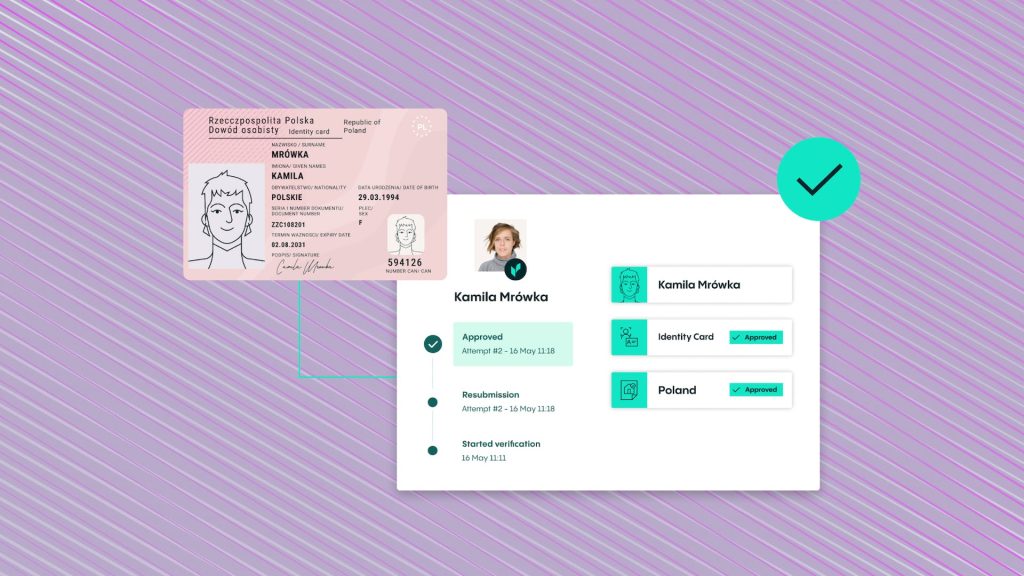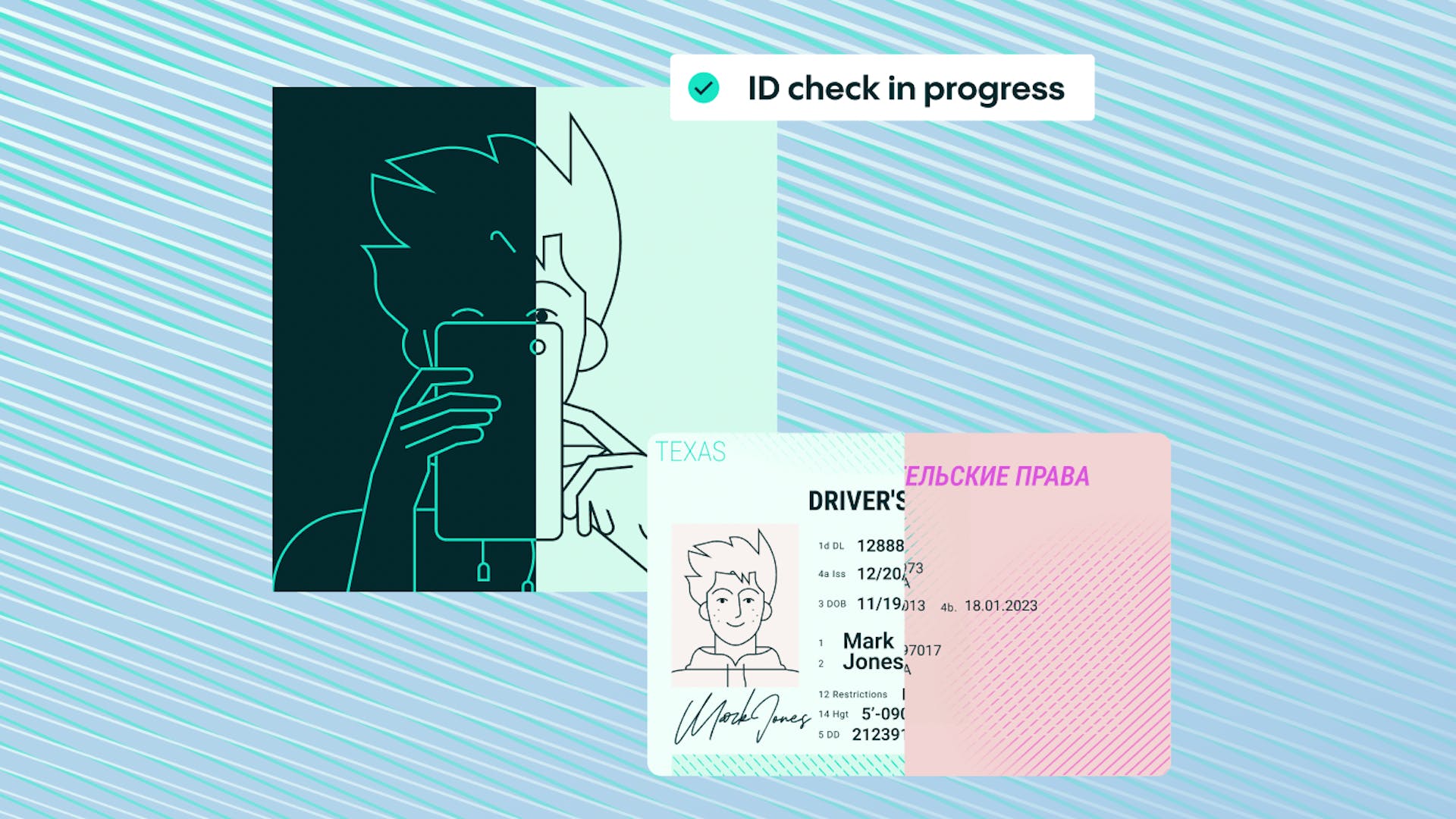The prevalence of counterfeit identification documents remains a global concern, with varying degrees of sophistication and prevalence across different regions. This article delves into a comparative analysis of counterfeit ID documents worldwide, examining the distinct characteristics, emerging trends, and challenges faced by law enforcement agencies. Understanding these variations can shed light on the scope and nature of the problem, facilitating collaborative efforts to combat this illicit trade.
Regional Variances in Counterfeit ID Documents
Fake identification documents exhibit notable regional variations, influenced by factors such as technological infrastructure, cultural norms, and economic conditions. While some regions struggle with producing and distributing low-quality counterfeit IDs, others face more sophisticated operations that closely mimic genuine documents. Let’s explore a few regional examples:
North America
Counterfeit ID documents in North America, particularly in the United States, are often of high quality, featuring accurate holograms, security features, and intricate designs. These fake IDs are typically produced using advanced printing technology and are prevalent among underage individuals attempting to access age-restricted activities such as purchasing alcohol or gaining entry to clubs and bars.

Europe
Europe experiences a diverse landscape of counterfeit ID documents, varying from country to country. Some nations, like the United Kingdom, have well-established fake ID markets, resulting in high-quality counterfeit IDs that can resemble genuine documents with remarkable accuracy. In contrast, other European countries may have less sophisticated counterfeit ID operations, characterized by lower-quality documents that are more easily detectable.
Southeast Asia
Certain countries in Southeast Asia, such as Thailand and Indonesia, have witnessed the emergence of fake ID production and distribution networks. These networks cater to a wide range of customers, including individuals seeking false identification for employment or immigration purposes. The quality of counterfeit IDs in this region varies, with some being relatively crude and easier to detect, while others closely imitate genuine documents.
Technological Advancements and Countermeasures
Advancements in technology have played a dual role in shaping the landscape of counterfeit ID documents. While these advancements have empowered counterfeiters to create more convincing fakes, they have also provided law enforcement agencies with enhanced tools to detect and combat this illicit trade.
Sophisticated printing technology, including high-resolution printers and professional-grade software, enables counterfeiters to reproduce intricate security features, holograms, and even microprinting. This makes it increasingly challenging for authorities to differentiate between genuine and fake IDs. However, advancements in forensic printing techniques and the use of specialized inks can aid in identifying subtle irregularities that indicate a fake ID.

